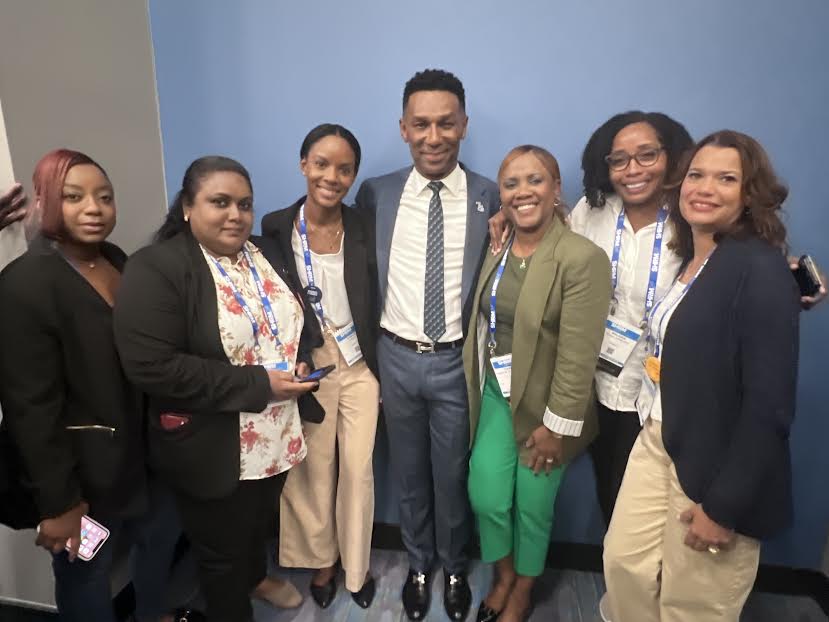Once organisations have settled into the new year, completed their annual performance reviews, and developed a new strategy or workplan for the year, they should now focus on putting together a plan to drive perhaps the most important high-performance work practice (HPWP): employee learning and development (Aguinis & Kraiger 2009). This is particularly important considering the need for organisations to continuously learn, innovate, adapt, and change. Without a focus on employee learning and development, organisations will struggle to keep pace with the many changes around them and will lack the agility and resilience to survive in an increasingly challenging business environment.
At the start, it’s important to tell the difference between learning and development and what we usually call training. Training is one of the many tools that organisations use to support the learning and development of their employees. Learning is about the mastery of a capability and its application, while development is applying what you have learned to bolster your productivity and that of your organisation.
This difference is important because you need to go beyond “training” to “learning and development” if you want to create a learning organisation that uses its knowledge assets to innovate and change. You need to realize that there are other powerful ways to help your employees learn and grow, and that if you keep spending millions of dollars on training every year and your employees aren’t intrinsically motivated to learn, that training may never lead to learning, won’t improve performance, and will be a complete waste of resources.
A good way to kickstart the process of developing and implementing your annual learning and development plan will be to identify the core competencies (demonstrable knowledge, skills, and behaviors that are required to succeed in each role). These competencies should be driven by the key elements of the job design—your job descriptions and your performance contracts or expectations. Competencies should also be strategy-aligned (Blanchard 2008); they should reflect the capabilities that employees require to deliver on the strategic priorities of the organisation. Without this strategy-alignment, your efforts at employee learning and development will be lagging the strategy and essentially falling short on delivering the most important results for your organisation.
Once these competencies are identified and validated for the jobs in the organisation, you need to carry out an assessment of the competency gaps. This could be achieved through elaborate assessment centers, 360-degree feedback and evaluations or just simply by having honest conversations between employees and their line managers to discuss each of the competencies and the gaps.
With the right technology, you could automate the capture of this information using learning and development planning software so that you, the learning and development/HR managers, can spool the information about the learning needs of employees with ease. This process of needs analysis is usually very arduous when you use a spreadsheet to collect the information.
At the point of needs analysis, managers should also be able to decide, or at least recommend, which method of learning and development would be most effective—remember, training is not the most effective way to drive organisational learning. In fact, the best-in-class organisations use a 70:20:10 model, which proposes that 70% of employee learning should be driven internally from challenging assignments; 20% from social learning and relationships (coaching, mentoring, exemplars, and feedback); and 10% from formal training and education (Lombardo & Eichinger, 1987).
So, managers have a wide range of interventions to choose from and should start exploring the other 90% of the world of learning, which is often ignored. Managers should think about specific projects, job rotations, stretch assignments, coaching, mentoring, self-paced learning, etc. that employees can use to learn, rather than just focusing on “ticking the box” of training and erroneously expecting that learning and development will take place when they do so.
If the needs analysis is done properly, and especially if it is automated, HR and learning managers will be able to slice and dice the information collected to start planning for the implementation of the proposed interventions. Firstly, they can easily estimate the total cost of the learning programs for the year and then secure executive approval of the budget and implementation. Next, they can plan their rollout more effectively because they have information about employees who are scheduled for specific interventions.
Developing and implementing an annual plan for employee learning and development is a very important task that is often handled “on-the-fly” by human resources and learning professionals. A more systematic approach is required, first driven by strategic and contextual competency frameworks; a culture that goes beyond “training” to “learning and development;” an evidence-based and structured means of assessing competency gaps; and the use of technology to automate what is typically an arduous and difficult manual process. Once these fundamentals are at play in your annual learning and development planning, you are more likely to create and implement learning interventions that will support your strategy and build the resilience required for your employees and organisation to thrive.





